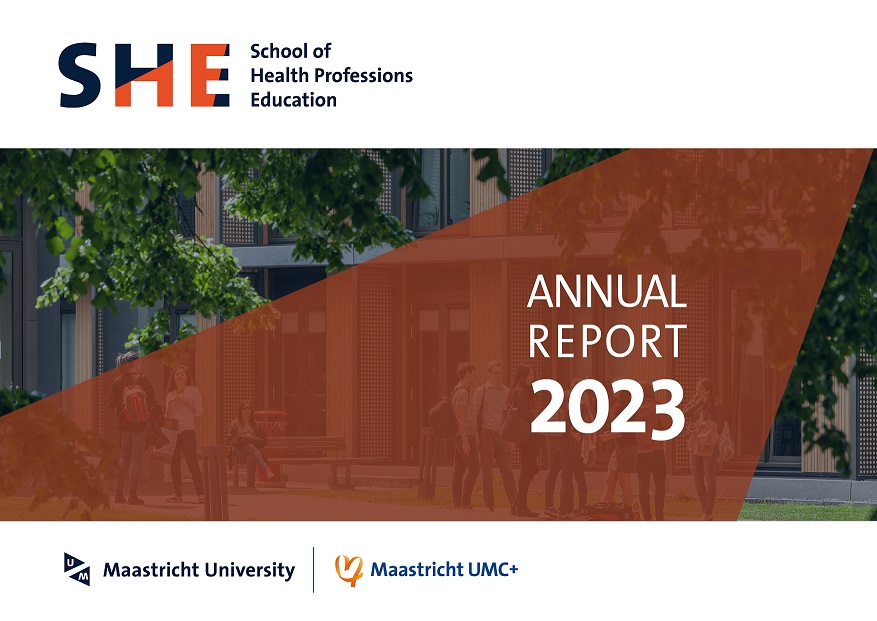Open Access increases the impact of scientific research
Three to four times more readers for your scientific publication—that is the advantage of Open Access publishing compared to the traditional way, behind a pay wall. “Open Access publishing pays off by generating more impact for your research”, says Henk van den Hoogen, programme manager for Research Support at the University Library (UL). “However, the number of citations does not increase proportionally and that has been an important consideration for academic careers until now. If we want to make scientific knowledge more publicly accessible, then recognising and rewarding academics differently is inextricably linked to that.”

The goal of Open Access
Several years ago, the Association of Universities in the Netherlands (VSNU) formed a partnership with Springer Nature (a major international publisher of scientific journals). This resulted in the formation of the Impact Working Group (IWG), the goal of which is to promote the publication of scientific research using Open Access, which means that anyone can access the articles free of charge. Traditionally, academics have published their research results behind a paywall; anyone who wants access to the information has to pay for it. In practice, those readers are almost exclusively fellow academics, because their employers pay for the expensive subscriptions to the journals. Open Access (OA) is based on the view that scientific research, which is often paid for by society, should also be accessible to society.
There is more than rankings
“There is more than rankings and citations”, Henk van den Hoogen sums it up. In a video call, he has just shed some light on the publication of a ‘white paper’ by Springer Nature and the VSNU, among other things. “It is a kind of summary report, in this case about the scope of Open Access publishing outside academia.” The report is one of the results (which can of course be accessed online without any restrictions) of the Impact Working Group (IWG). The most notable result is that OA publications are accessed three to four times more often than their ‘traditional’ counterparts—and precisely by readers outside the academic community. “So, you reach a wider audience in society, such as people like doctors and lawyers who have a professional interest, as well as members of the public with a general interest.”
Point of attention: citations do not increase proportionally with OA
The ‘attention scores’, or the extent to which scientific knowledge is picked up by social media and governmental institutions, are also twice as high with OA. However, the number of citations does not increase proportionally. “That makes sense”, Van den Hoogen explains, “if you know that OA is accessed more by non-academics. In academia, publications on which one’s own research is based are correctly cited (citations). The more often your publication is referred to, the higher your ‘citation score’, the greater your supposed relevance to the field.” The fact that laypeople do not contribute to the citation scores of academics is therefore understandable, but it is also a point of attention if you know that those scores are currently still important for forging a career in academia. “Fortunately, the debate about recognising and rewarding academics differently, and the importance of a broader social impact, is in full swing in the Netherlands and hence also within UM”, says Van den Hoogen.
Research design for the white paper
For several years, the Netherlands has led the world in terms of the proportion of OA to non-OA publications. In the white paper, Springer, the VSNU and a number of Dutch university libraries, including that of UM, looked at what this means for the reach of those publications. For this research, Dutch publications from 2017 related to five Sustainable Development Goals (SDGs) were identified and analysed. Using the data from nearly 360,000 articles by Dutch academics about these five SDGs as well as a survey among 6,000 people, OA publications were analysed for social impact: who uses this research content and for what purpose?
Are academics prepared to invest?
The IWG also determined how researchers worldwide view OA by asking 9,000 academics. “There were not many respondents from the Netherlands, but I think the general picture is the same here: academics often still make decisions based on scientific impact. They do feel a moral responsibility to share the knowledge they have acquired, but this is stronger in the medical and social sciences than, for instance, on the STEM side. You also see that younger people are more inclined to invest time in this than older people.” Five Maastricht researchers were also interviewed in connection with this global survey on social impact: Mark Post, Frank Cörvers (already online), Hans Nelen, Floris Peters and Michel Dumontier. Their perspectives on the importance of societal impact were also incorporated in a toolkit that is available online for academics, and PhD candidates who are interested in the topic took part in three workshops on making a societal impact. “Ultimately, societal impact is a very broad concept, but disseminating knowledge is an important prerequisite for this”, Van den Hoogen concludes.
All of the results of the Impact Working Group (IWG) can be viewed online, including the white paper and the toolkit that helps researchers increase the societal impact of their research.
Also read
-
DATASET researchers from Maastricht University (BISCI) and Fontys applied the Digital Readiness Scan developed by Logistiek Digitaal to several regional logistics service providers, scientifically validated the underlying methodology, and analyzed the strengths and weaknesses of this tool.
-
Download our Annual Report from 2023.
-
On 12 June 2024, Dr Domenico Carolei, Lecturer in Public International Law and Public Law at the University of Stirling, gave a talk entitled 'Charting NGO Accountability: Identifying alternative accountability routes'.


